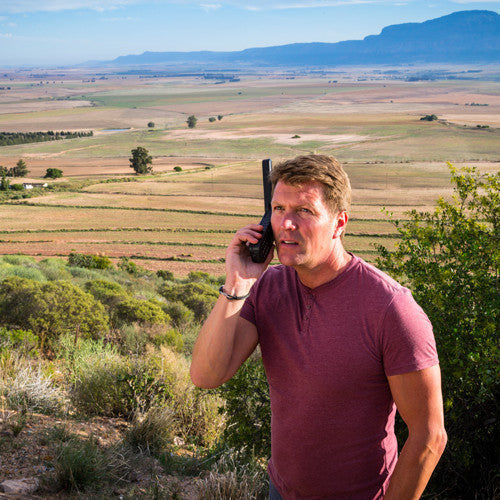On this date—July 24, 1911—American historian Hiram Bingham discovered Machu Picchu. He originally thought he had come across Vilcambra, another legendary Inca site, but Machu Picchu was an untouched and previously undiscovered city. Hailed as one of the greatest archeological discoveries in the world, this world wonder was five centuries old when Bingham discovered it. Some of its buildings had collapsed and the roofs, made out of wood, grass, and thin branches, had been weathered away. Though dense vegetation covered the city when Bingham first came across it, most of this site is now visible after years of excavation and restoration.
In addition to taking photographs of this previously unknown city, Bingham also removed thousands of artifacts from Machu Picchu and took them to Yale University. The Peruvian government took legal action to recover them, and in 2010 Yale said it would return the artifacts to Peru over a two-year period.
There are disputes as to whether Bingham was in fact the first to “discover” Machu Picchu, as others have claimed to have been there before, and the native Quechuan people who led him to the city clearly knew it was there. However, he is credited with being the official discoverer and with bringing the city to the attention of the world.

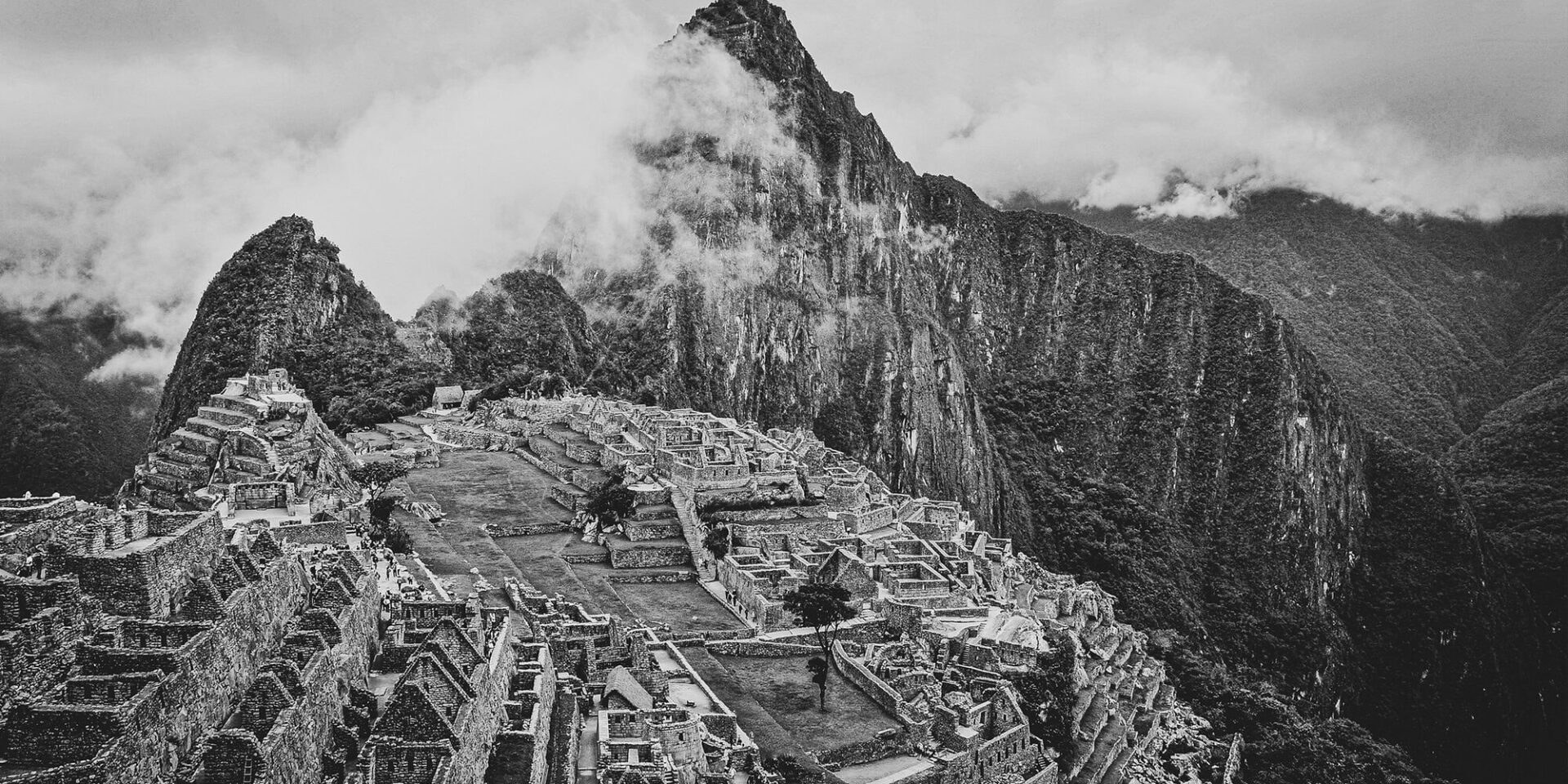




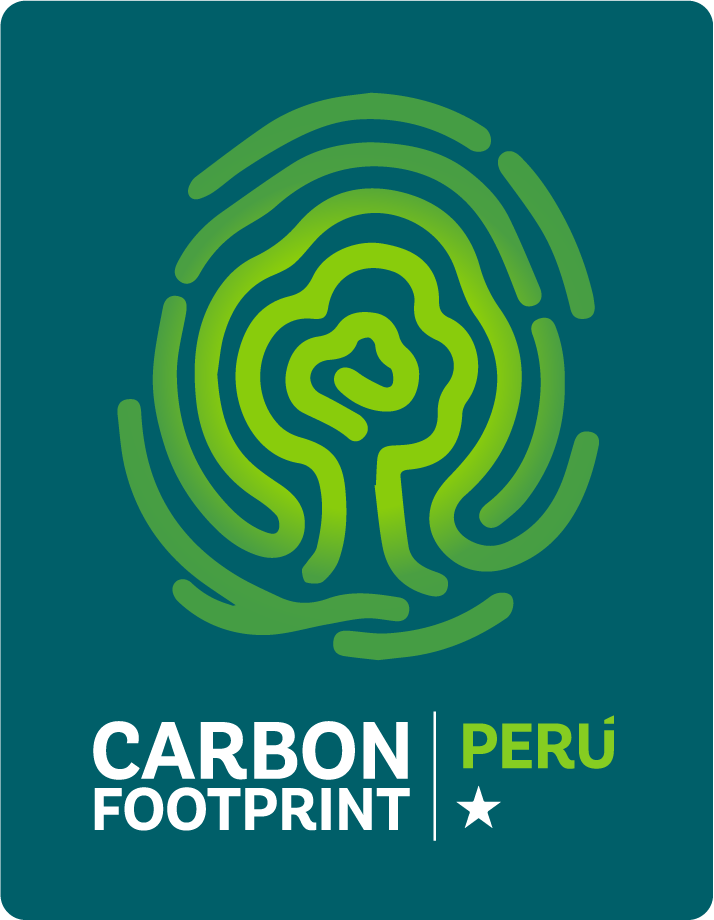




























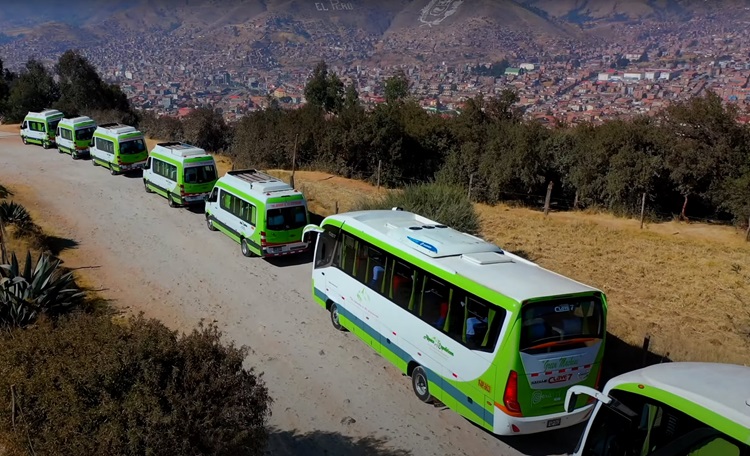
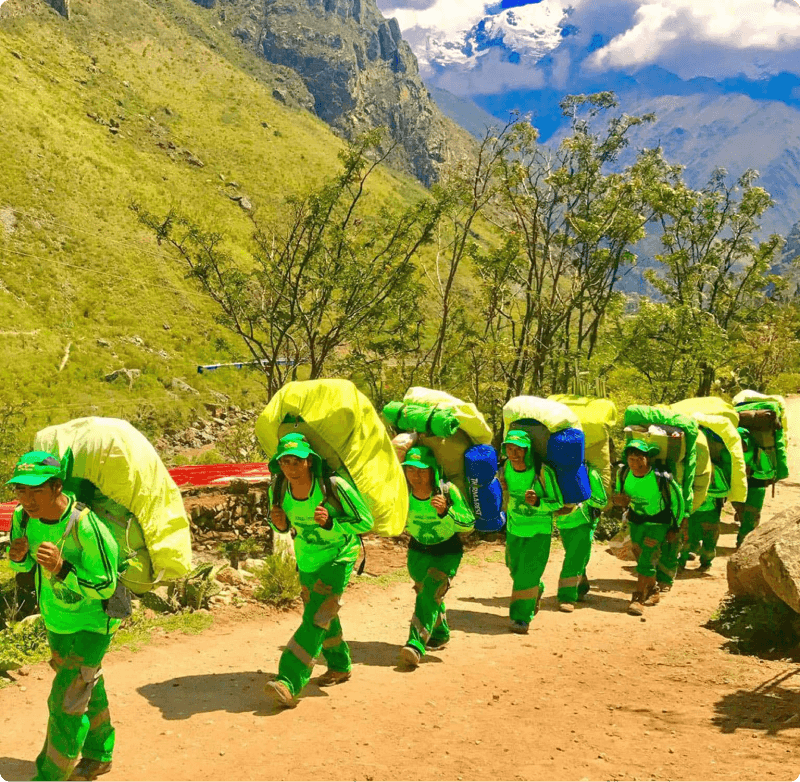 Porters will carry up to 7 kg of your personal items, which must include your sleeping bag and air mat (if you bring or rent one). From us, these two items weigh a combined total of 3.5 kg.
Porters will carry up to 7 kg of your personal items, which must include your sleeping bag and air mat (if you bring or rent one). From us, these two items weigh a combined total of 3.5 kg.
